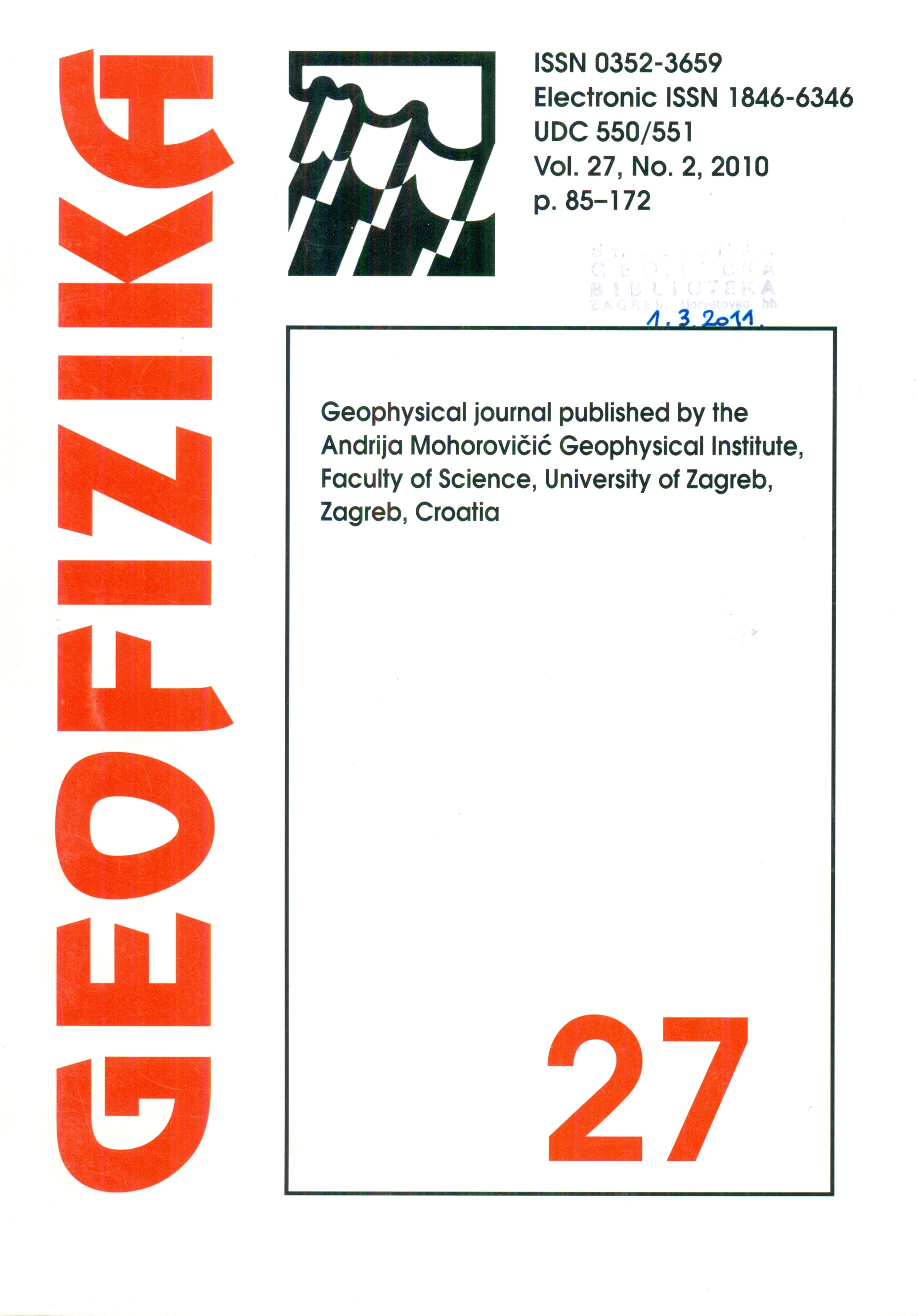The unexpected snowstorm of 13 - 14 January 2002 in Zagreb
Keywords:
middle-upper tropospheric front, potential vorticity, tropopause break, “feeder-seeder” washout processAbstract
The purpose of this paper is to present the causes of an unusual event of local snowstorm which lasted continuously for 28 hours resulting in 23 cm of snow. It was poorly forecasted since it occurred under a steady surface anticyclone in south-eastern Europe, east of the Alps. In the troposphere the most noteworthy feature was the middle-upper tropospheric front in an environment marked by sinking motion presented by the Q vectors field. It formed upstream from an intensifying cold trough in less than half a day. Another extraordinary feature was a low tropopause with a breaking region exchanging tropospheric and stratospheric air just above the area of Zagreb. The processes which mainly characterised this event in synoptic scale were advections of potential vorticity in the stratosphere and troposphere along the tropospheric cold trough.
The interactions of orographically induced polar air upsloping clouds by synoptic scale in westerlies and the low level mesoscale saturated air, influenced by the terrain in the area of Zagreb by easterly flow, were considered the causes of the snowfall. Such an event leads to the “feeder-seeder” process in which large scale ascent generating higher level seeder clouds containing ice droplets large enough to efficiently washout precipitation to interact with the lower level (feeder) moisture area and cause precipitation. This is considered one of the few significant mesoscale precipitation processes that is essentially entirely microphysical in nature.
Downloads
Published
Issue
Section
License
Copyright (c) 2021 Geofizika journal

This work is licensed under a Creative Commons Attribution-NonCommercial 4.0 International License.

